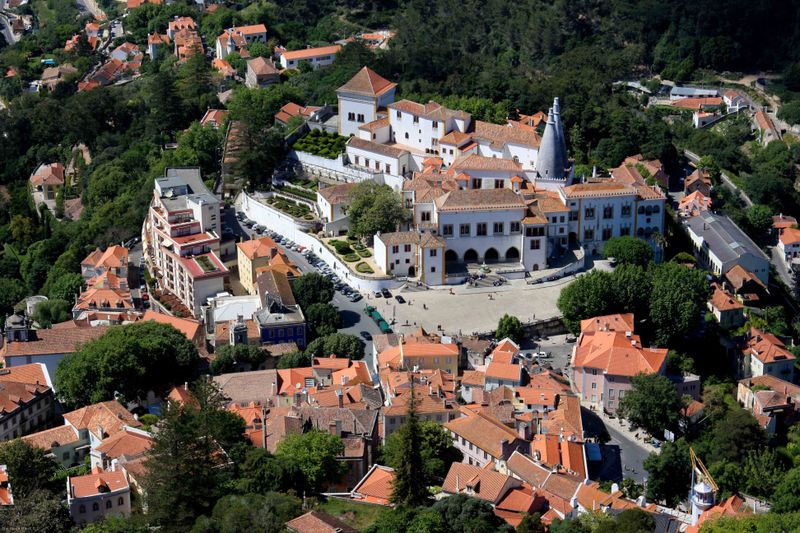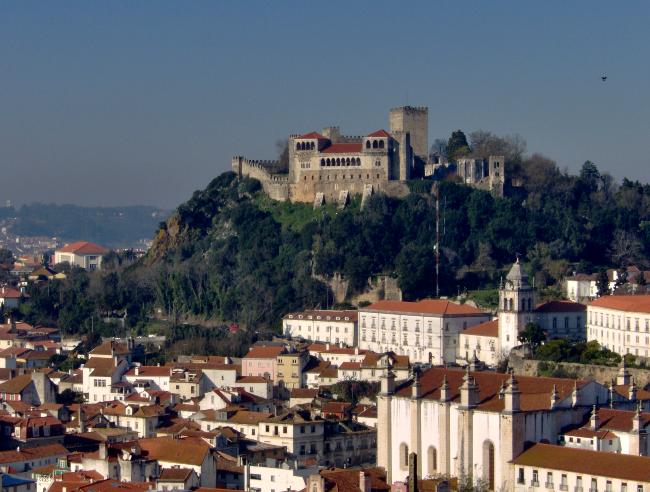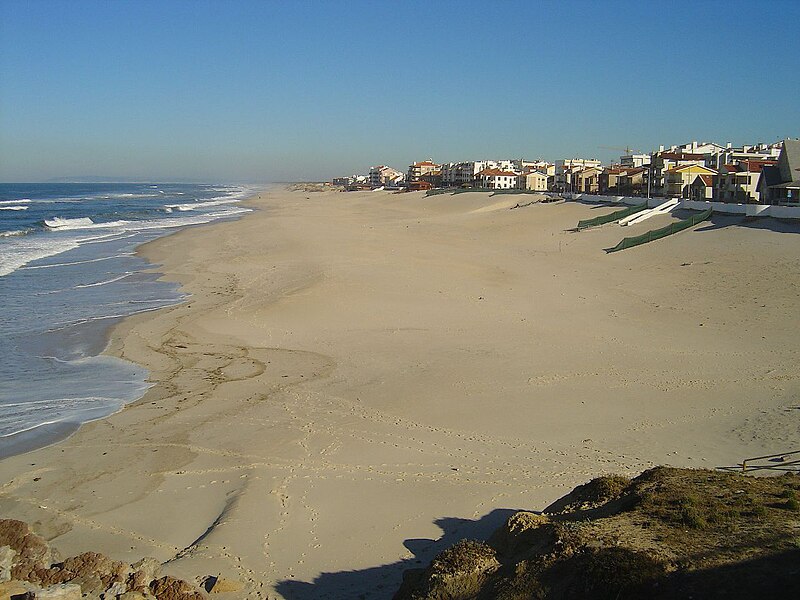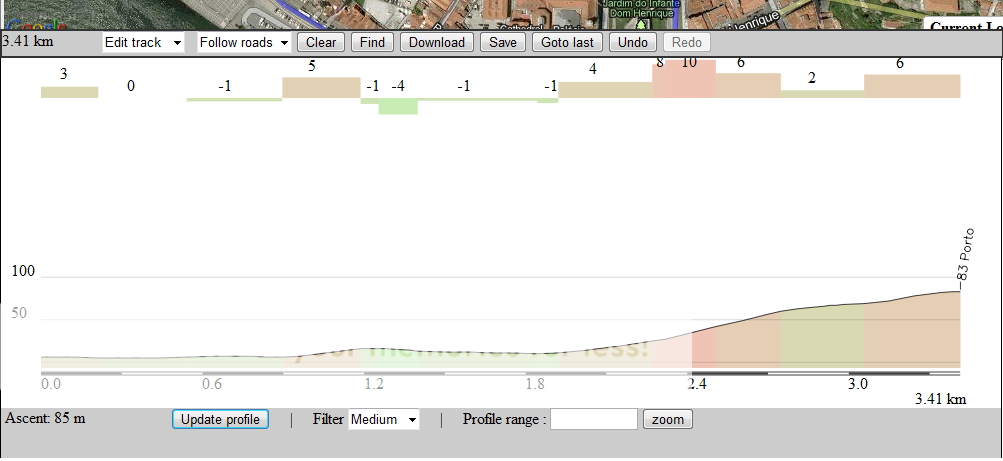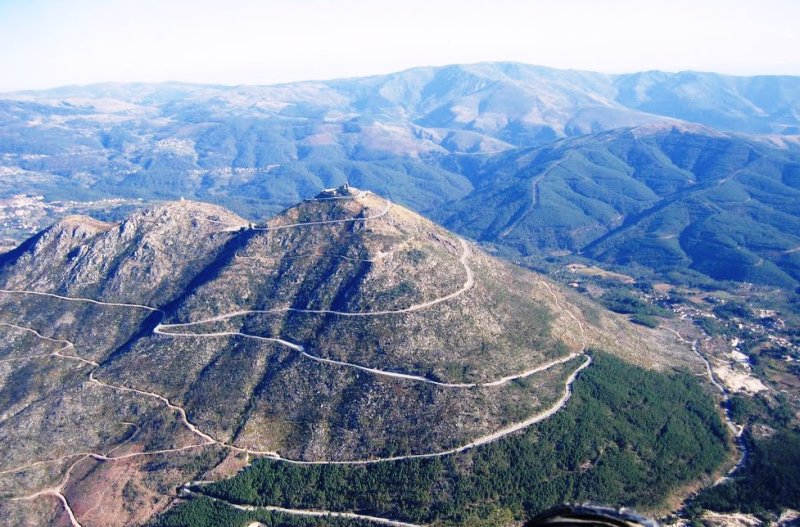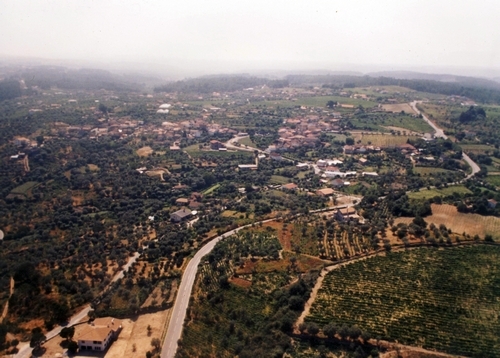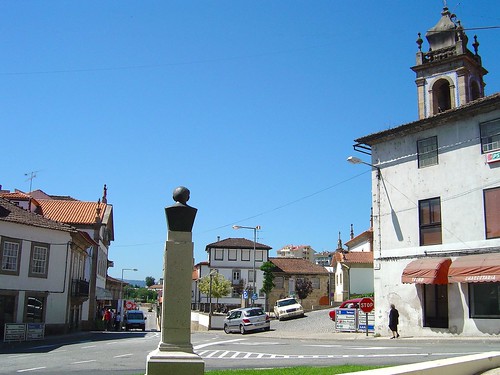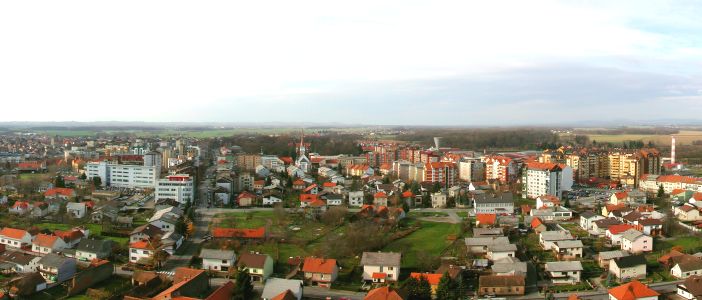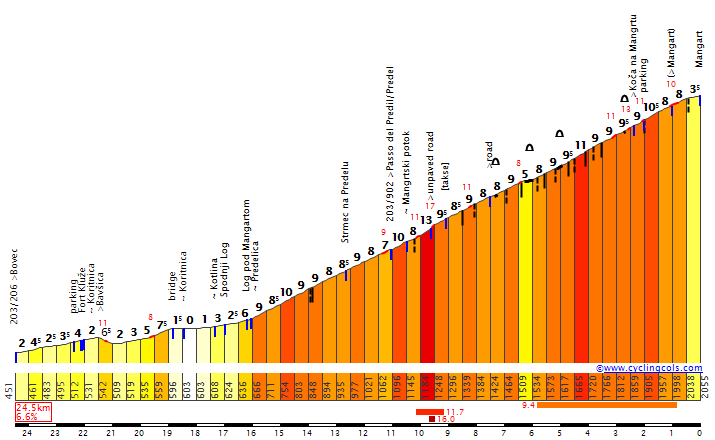- Feb 20, 2010
- 33,087
- 15,315
- 28,180
While this thread may have lain dormant for a while, my race-mapping brain is too active not to come back once in a while.
The discussion I had with Parrulo, Ryo and a few others about the state of Portuguese cycling in the Transfer and General threads a few days ago took me back to one of my favourite races - the Volta a Portugal. I've had a go at designing one before, restoring it to its past glories as a three-week race and covering the whole of the country. But as is usually the case for us aspiring parcours designers, idealism trumps pragmatism on such occasions, and we get rather hung up on designing as best a parcours as we can, while real-life course designer issues such as who pays for the various starts and finishes and the cost of transporting people around and the feasibility of transfers are sometimes not taken into consideration to the level they perhaps ought to be. The real Volta a Portugal is pretty cash-strapped, for example. Joaquim Gomes has to fight to keep the race going, and because of this the race can be, geographically, quite repetitive. The last two years, he has announced that we are keeping the parcours 75-80% the same, although there are a couple of new or revisited homes for it each year.
This is my attempt at designing a 'realistic' Volta a Portugal. Only two of the host towns/cities have not hosted A Volta in the last five years, and almost all of the Volta's most supportive homes of that period will host a stage start or a stage finish. By doing this, I hope to illustrate that, while we can often be overly idealistic in course design, there is still a lot of potential to make a far more interesting and challenging race than has been put out of late even using the same old same old that has been the recent race routes.
Prologue: Lisboa - Lisboa, 5,3km


Portugal's erstwhile capital has hosted the Volta in each of the last four years; for a couple of years before that Portimão hosted the start before the race headed north. For the 2009 race, the prologue moved to Lisboa, for a simple out-and-back along Avenida da Liberdade, between Praça do Marquês de Pombal and Praça dos Restauradores (which I copied directly for the prologue of my three-week Volta). Since 2010, however, the final stage has typically been a sprinters' parade in Lisboa, similar to far too many Tour wannabe races. This requires a slightly longer circuit than the short run of the 2009 prologue, however, and it is to this slightly longer circuit that I have turned for this prologue. Rather than beginning at Marquês de Pombal and riding downhill before climbing up to the finish, this prologue will begin at Praça dos Restauradores and slowly grind uphill (climbing at 3-4% for a couple of kilometres past Praça do Marquês de Pombal and along Avenida Fontes Pereira de Melo) until the timecheck at Praça Duque de Saldanha; after this we will retrace our steps back down to Praça dos Restauradores to finish. So basically, four straights, each of between 1 and 1,5km, with only one sharp corner; the mild uphill shouldn't prevent this one from being a pure power rider's haven.
Praça dos Restauradores:
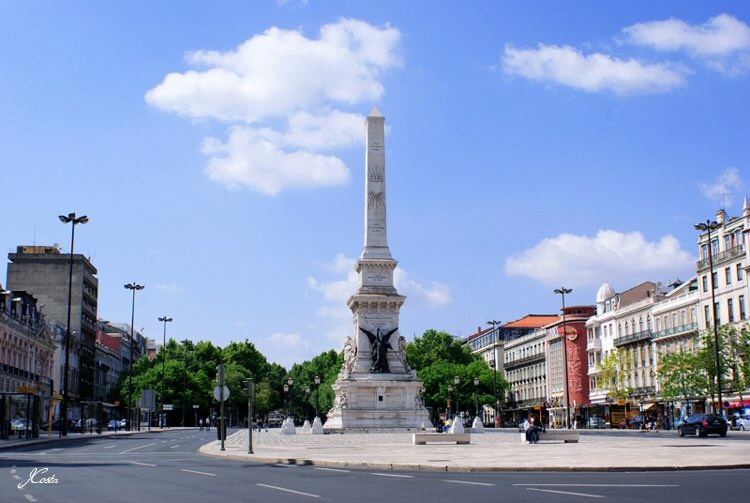
Praça do Marquês de Pombal (old school):
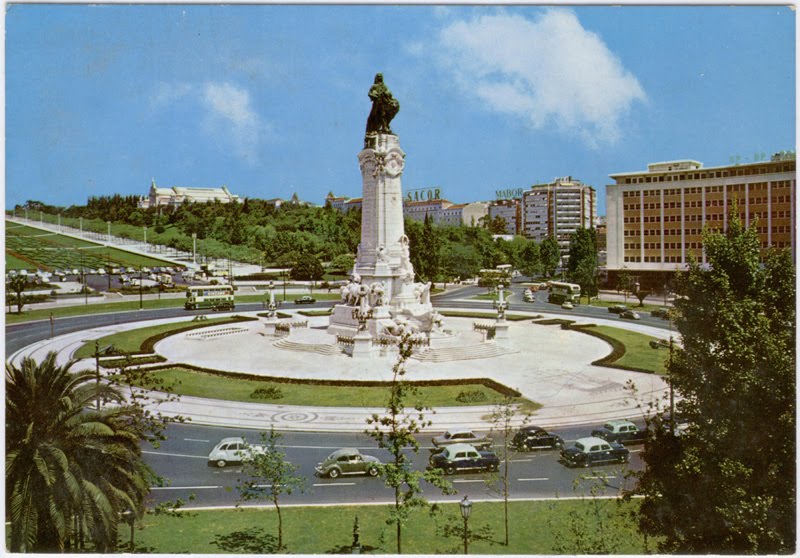
The discussion I had with Parrulo, Ryo and a few others about the state of Portuguese cycling in the Transfer and General threads a few days ago took me back to one of my favourite races - the Volta a Portugal. I've had a go at designing one before, restoring it to its past glories as a three-week race and covering the whole of the country. But as is usually the case for us aspiring parcours designers, idealism trumps pragmatism on such occasions, and we get rather hung up on designing as best a parcours as we can, while real-life course designer issues such as who pays for the various starts and finishes and the cost of transporting people around and the feasibility of transfers are sometimes not taken into consideration to the level they perhaps ought to be. The real Volta a Portugal is pretty cash-strapped, for example. Joaquim Gomes has to fight to keep the race going, and because of this the race can be, geographically, quite repetitive. The last two years, he has announced that we are keeping the parcours 75-80% the same, although there are a couple of new or revisited homes for it each year.
This is my attempt at designing a 'realistic' Volta a Portugal. Only two of the host towns/cities have not hosted A Volta in the last five years, and almost all of the Volta's most supportive homes of that period will host a stage start or a stage finish. By doing this, I hope to illustrate that, while we can often be overly idealistic in course design, there is still a lot of potential to make a far more interesting and challenging race than has been put out of late even using the same old same old that has been the recent race routes.
Prologue: Lisboa - Lisboa, 5,3km


Portugal's erstwhile capital has hosted the Volta in each of the last four years; for a couple of years before that Portimão hosted the start before the race headed north. For the 2009 race, the prologue moved to Lisboa, for a simple out-and-back along Avenida da Liberdade, between Praça do Marquês de Pombal and Praça dos Restauradores (which I copied directly for the prologue of my three-week Volta). Since 2010, however, the final stage has typically been a sprinters' parade in Lisboa, similar to far too many Tour wannabe races. This requires a slightly longer circuit than the short run of the 2009 prologue, however, and it is to this slightly longer circuit that I have turned for this prologue. Rather than beginning at Marquês de Pombal and riding downhill before climbing up to the finish, this prologue will begin at Praça dos Restauradores and slowly grind uphill (climbing at 3-4% for a couple of kilometres past Praça do Marquês de Pombal and along Avenida Fontes Pereira de Melo) until the timecheck at Praça Duque de Saldanha; after this we will retrace our steps back down to Praça dos Restauradores to finish. So basically, four straights, each of between 1 and 1,5km, with only one sharp corner; the mild uphill shouldn't prevent this one from being a pure power rider's haven.
Praça dos Restauradores:

Praça do Marquês de Pombal (old school):





